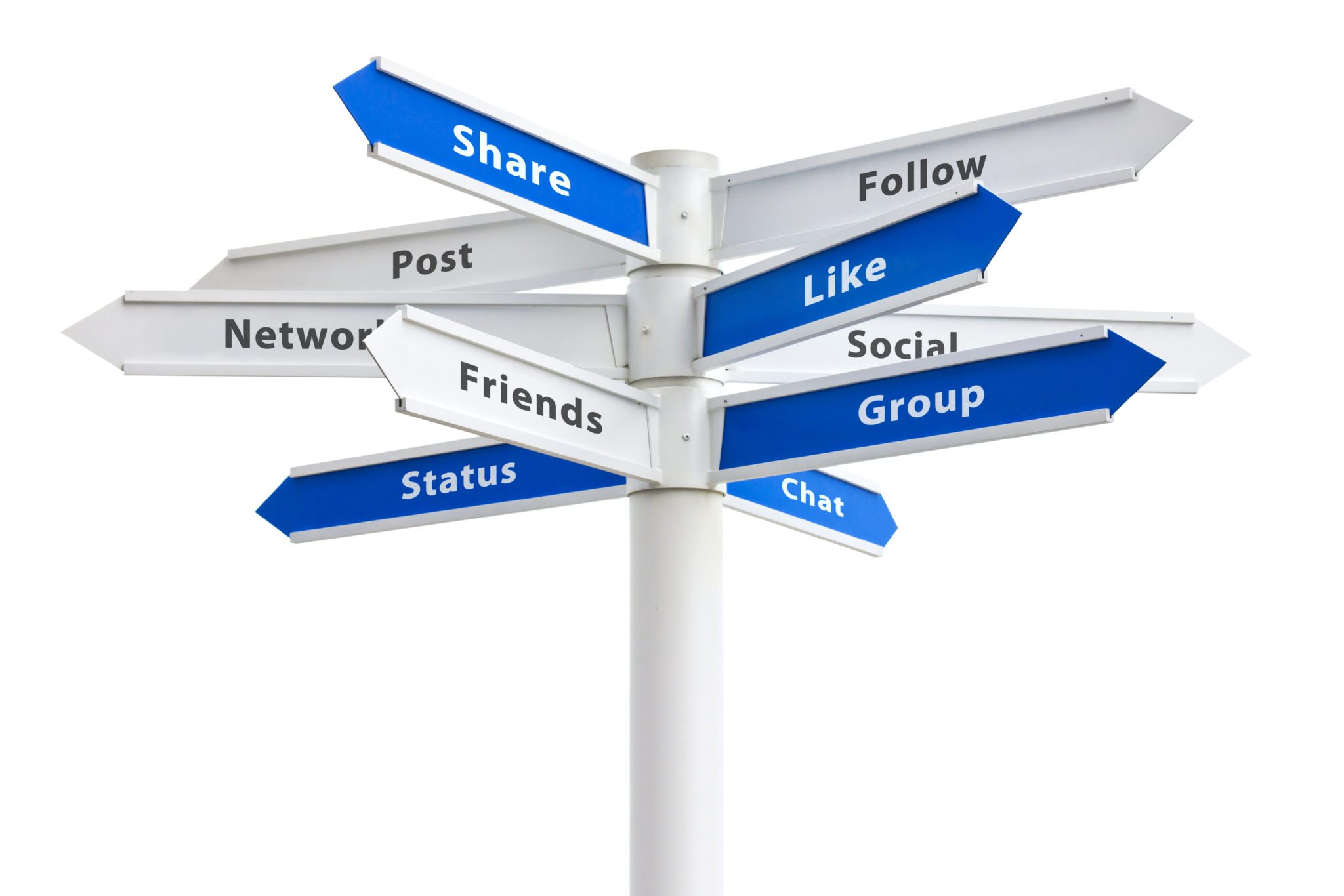Three Ways to Use Facebook Groups at Your School
 Navigating the many social media channels and options can be a complicated process for you in your school’s marketing and communication’s effort.
Navigating the many social media channels and options can be a complicated process for you in your school’s marketing and communication’s effort.
One of the best and most overlooked ways to effectively reach your audience is to use Facebook groups.
While the organic reach of your school’s public Facebook page may be declining and you are left to pay for your posts to appear in your fan’s newsfeeds, Facebook Groups are a great strategy for you to utilize in your marketing and communication’s effort.
A Facebook group is different from your school’s public page.
According to Facebook, “Facebook Groups are the place for small group communication and for people to share their common interests and express their opinion. Groups allow people to come together around a common cause, issue or activity to organize, express objectives, discuss issues, post photos and share related content.”
If you are on Facebook, you might already be part of a group. You can join a group for almost anything.
As I work with schools, I see four advantages of using Facebook groups for school marketing.
Four Advantages of Using Facebook Groups
First, by setting up a group, you are able to add members that want to be part of the discussion and the content being shared. People want to be part of a group that aligns with their interests.
Second, the content shared in the group is more likely to be seen. The content will appear in newsfeeds of the group members and your members will receive notifications when new content is posted. This increases the likelihood that your content will be seen.
Third, you can build relationships with your tribe through a Facebook group better than your public page.
Finally, you can use Live broadcasts and polls in your group to create interaction. For example, you could go live to your band parents group and give them an overview for the next month’s events and required practices. You could go live in a new family group to do a “show and tell” of your uniforms or walk them through the carpool line to prepare for the first day of school. The content potential is endless depending on your time and energy.
Think about how you might use a Facebook Group in your school’s marketing and communication effort.
Three Ways to Use Facebook Groups at Your School
The following are three Facebook groups that you can consider setting up at your school.
- New Family Group – After your new families have been admitted, it is important to keep them connected before the first day of school. A Facebook Group designed specifically for them can help you to better communicate in real-time and will allow them to connect to one another. Some of the schools that I have coached through my Enrollment Catalyst Program have set up a New Family Group. They use the group to share important content that new families need to know before school begins and to encourage new families to introduce themselves.
- Sports, Clubs, Arts and Grade Level Groups – If your school doesn’t have a tight policy on who can create public pages, it is likely that several exist. I have seen many pages that are created by well-intended athletic teams, clubs, or classes. However, a school should have only one public page. All other groups that are associated with your school should be guided to launch a Facebook group. Groups are a perfect way for you to communicate directly in real-time with a sports team, a club, band parents or specific classes/grade levels.
- Alumni Group – While some schools may choose to set up an alumni public page, I think the best format is through a group. Again, this allows for alumni to join the group and then for your staff can share specifically with them.
All three of the above groups work well on Facebook as a closed group. Setting up a group is the easy part as it can help you communicate to select groups within your school. A group won’t necessarily solve your communication problems, but it will give you a tool and channel to target your efforts.
Are you using Facebook groups in your enrollment, marketing and communication’s strategies?
